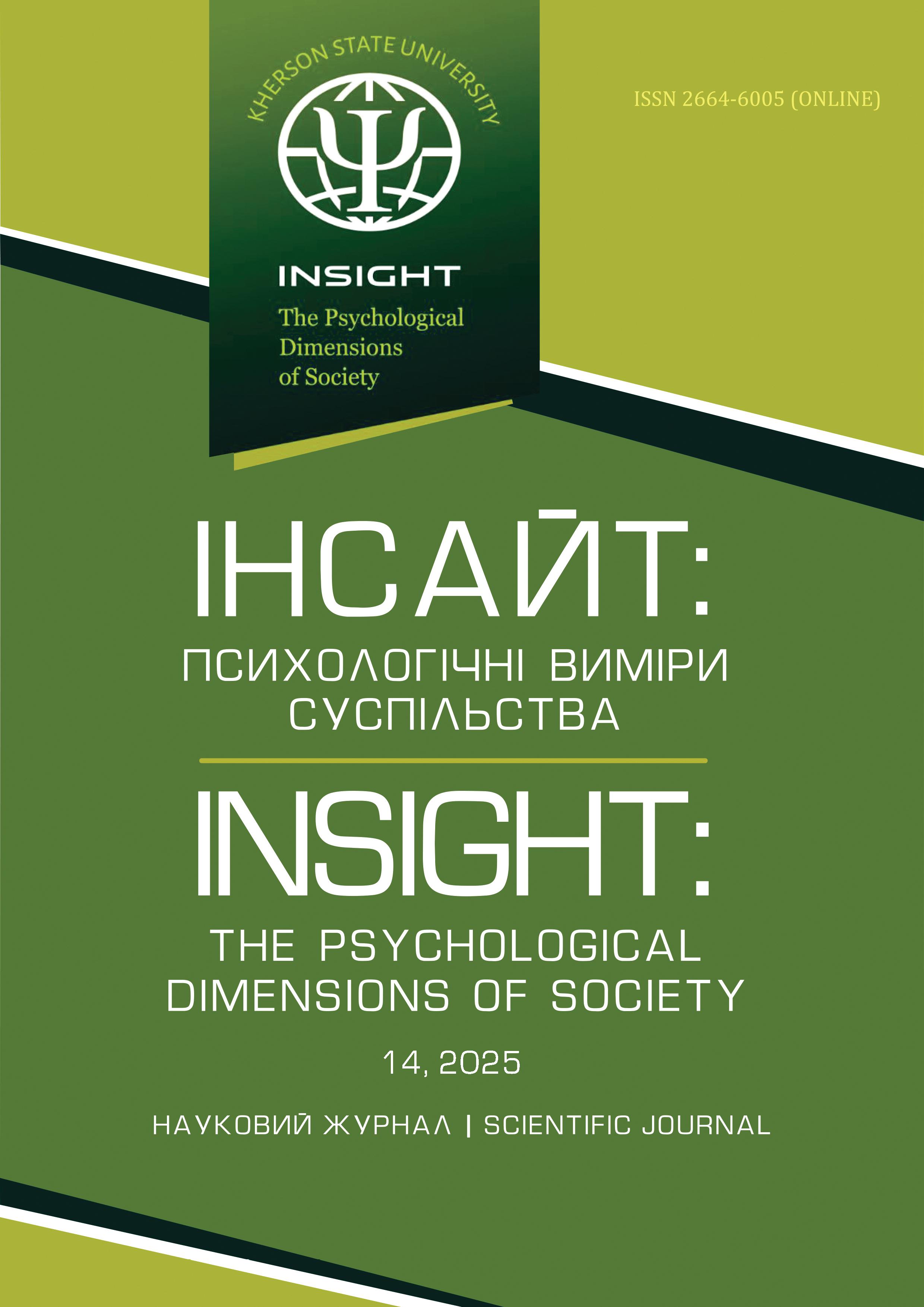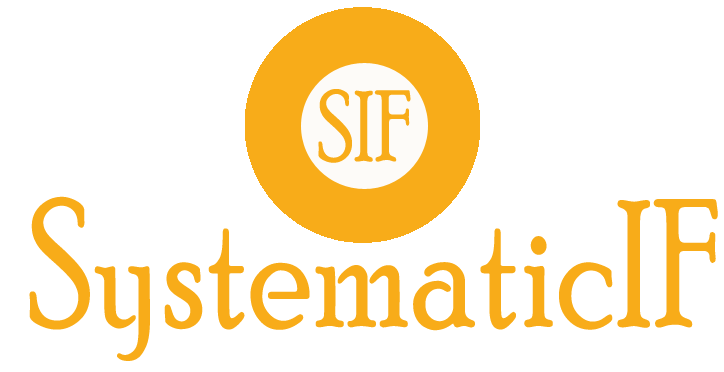The semantic space of the personality of adult active web-users
Abstract
A common problem of the impact of online practiceson the cognitive sphere of adult consumers of informationis discussed in the article. The purposeof the article is to test the hypothesis on a greater cognitive complexity of consciousness of activeweb-users in the field of knowledge about the personality,as they more often have access to an unlimitedamount of network information, in particularin the sphere of social perception. Methods. Theresearch was carried out on a homogeneous sampleof respondents by the age (all participants were olderthan 35 years old) and by the sphere of professionalactivity (higher education, representatives of intellectualwork). Based on an anonymous questionnairefrom a total sample, two groups were differentiatedbased on the personal preferences of the media (traditional,paper, and digital). Modeling of the semanticspace of the personality was carried out in thesecontrast groups. Experimental psychosemantics wasused as the methodological basis of the research. Themethod of personal semantic differential, the processingof which with the help of factor analysis made possibleto build models of the semantic space of the personalityof an acquaintance was used as the basicmethod for obtaining empirical data. Results. Comparativeanalysis has shown that the semantic spaceof the personality for active web-users is simpler intwo parameters: firstly, in the number of componentsof personal categories, and secondly, in the internalstructure of knowledge about the personalitypresented in the categories. Conclusions. The dataobtained reveal that adult web-users do not enhancetheir knowledge about the personality as comparedwith those who prefer traditional reading. The differencesidentified can be explained by the specificsof the word and the media image as units of informationcoding. Probably, the word is a stronger signsystem and a medium of propositional information,as compared with the media image that is a mediumof iconic information.
Downloads
References
2. Бодрийяр Ж. Почему все еще не исчезло? [Электронный ресурс] – Режим доступа: http://syg.ma/@alesya-bolgova/zhan-bodriiiar-pochiemu-vsie-ieshchie-nie-ischiezlo.
3. Budrionis A., Wynn R., Marco-Ruiz L., Yigzaw K. Y., Bergvik S., Oyeyemi S. O., Bellika J. G. Impact of the Use of Electronic Health Tools on the Psychological and Emotional Well-Being of Electronic Health Service Users (The Seventh Tromsø Study – Part 3): Population-Based Questionnaire Study. J Med Internet Res. 2020. 22(3). DOI:10.2196/13118.
4. Diaz-Prieto C., Nicasio J., Sanchez G. Psychological profiles of older adult Web 2.0 tool users. Computers in Human Behavior. 2016. V. 64. P. 673-681.
5. Jarrahi N. H., Philips G., Sutherland W., Sawyer S., Erickson I. Personalization of knowledge, personal knowledge ecology, and digital nomadism. Journal of the Association for Information Science and Technology. 2019. V. 70. P. 313-324.
6. Kirby A. Digimodernism: How New Technologies Dismantle the Postmodern and Reconfigure Our Culture. New York: Continuum Publishing Corporation, 2009. 282 р.
7. Lee J, Jatowt A, Kim K-S. Discovering underlying sensations of human emotions based on social media. Journal of the Association for Information Science and Technology, 2020, 1-16. DOI: 10.1002/asi.24414
8. Лотман Ю. М. Семиосфера. Культура и взрыв. СПб: Искусство, 2004. С. 12-148.
9. Medvedskaia Е. Features of Categorization in the Field of Subject Perception of Adult Active Internet Users. Problems of Modern Psychology: Collection of research papers of Kamianets-Podilskyi National Ivan Ohiienko University, G. S. Kostiuk Institute of Psychology of the National Academy of Educational Sciences of Ukraine Issue 45. Kamianets-Podilskyi: Ruta, 2019. P. 261-279. DOI: 10.32626/2227-6246.2019-45.261-279
10. Nie, N. H., Hillygus D. S. The impact of Internet use on Sociability. Time-diary finding. IT & Society. 2002, № 1. P. 1-20.
11. Osgood C. E. Studies on generality of affective meaning system. Amer. Psychologist. 1962. Vol. 17. P. 10-28.
12. Osgood C. E., Suci G., Tannenbaum P. The measurement of meaning. Chicago and London: University of Illinois Press, 1957. 342 р.
13. О’Рейли Т. Что такое Веб 2.0? [Электронный ресурс] – Режим доступа: http://www.computerra.ru/think/234100/.
14. Петренко В. Ф. Основы психосемантики. СПб: Питер, 2005. 480 с.
15. Токарева Н, Шамне А. Концептуалізація суб’єктивного образу дорослості у семантичному просторі мовної особистості. Психолінгвістика. 2020, № 27(1), 287-309. DOI: 10.31470/2309-1797-2020-27-1-287-309
16. Шапіро О. О. Масова комунікація в он line вимірі: зміна парадигми. Вісник Національної юридичної академії України імені Ярослава Мудрого. 2013. С. 57-65.
17. Шмелев А. Г. Об устойчивости факторной структуры личностного семантического дифференциала. Вестник МГУ. Сер. 14. Психология. 1982. С. 62-65.
18. Шмелев А. Г., Похилько В. И., Козловская-Тельнова А. Ю. Репрезентативность личностных черт в сознании носителя русского языка. Психологический журнал. 1991, № 12(2). С. 27-44.
19. Смолл Г. Мозг онлайн. Человек в эпоху Интернета. М.: КоЛибри, 2011. 352 с.
20. Смульсон М. Л. Розвиток інтелекту та суб’єктності дорослих у віртуальному просторі. Технології розвитку інтелекту. К.: Інститут психології імені Г. С. Костюка НАПН України. 2016. Т. 2, 2(13). URL: http://psytir.org.ua/index.php/technology_ intellect_develop/issue/view/18
21. Zhydko M. Рhenomenology and topology for states of consciousness in the context of digital future shock. Insight: the psychological dimensions of society, 1, 2019. P. 26-32. DOI: 10.32999/2663-970х/2019-1-4
Copyright (c) 2020 Elena Ivanovna Medvedskaya, Liana Anatoliivna Onufriieva, Natalia Ivanivna Tavrovetska

This work is licensed under a Creative Commons Attribution 4.0 International License.
Authors who publish with scientific journal agree to the following terms:
• All scientific papers may be freely copied and distributed on any medium and in any format, provided that the references to the initial data of the scientific work are indicated.
• Authors retain copyright and grant the journal right of first publication with the work simultaneously licensed Creative Commons Attribution License .
• Authors are able to enter into separate, additional contractual arrangements for the non- exclusive distribution of the journal’s published version of the work (institutional repository, your website, monograph), with an acknowledgement of its initial publication in this journal.





































